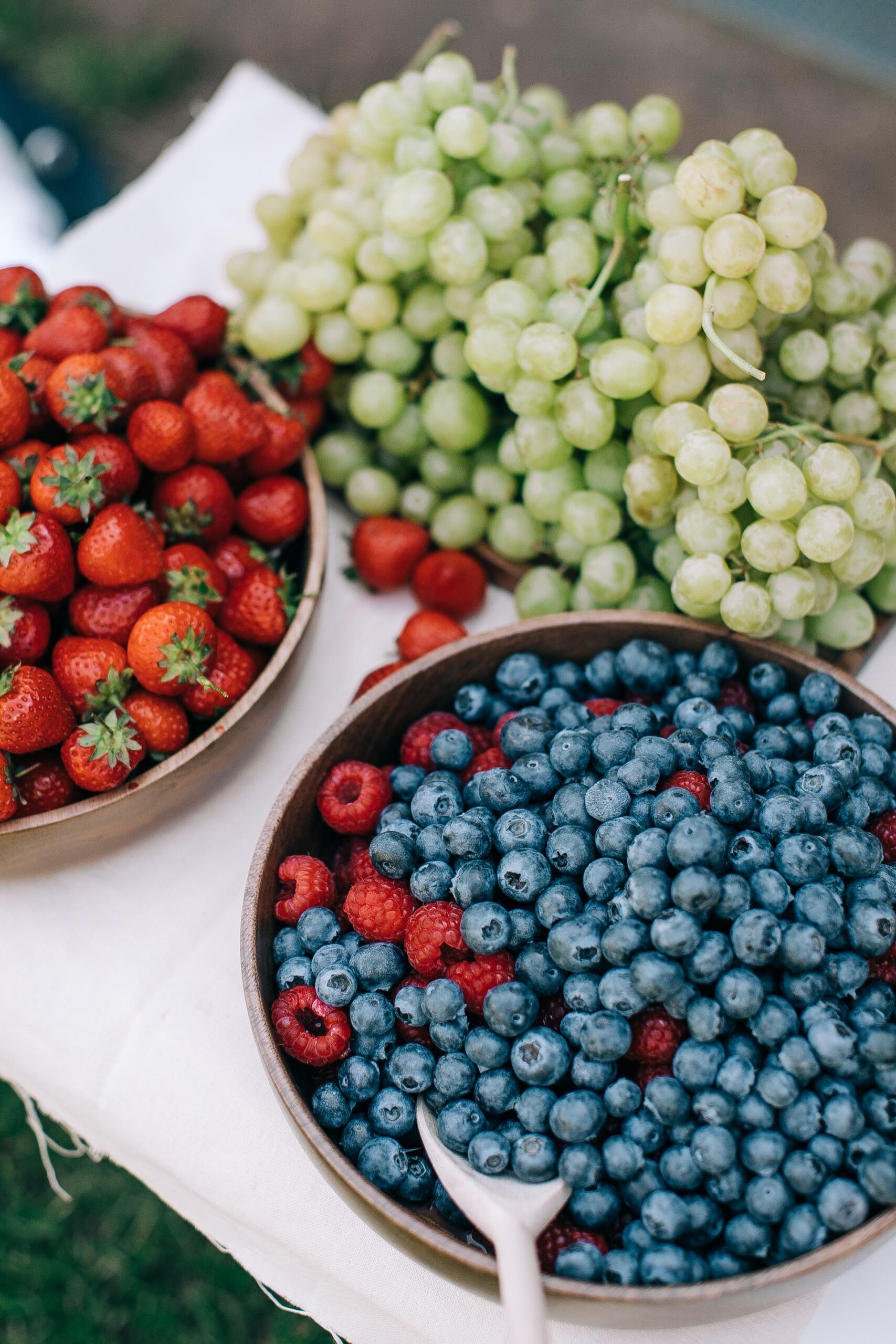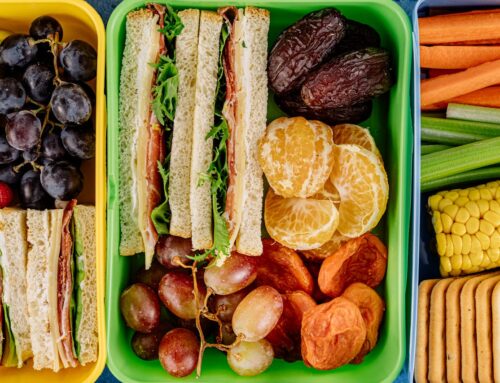Blood Pressure and Eating the Right Foods
Maintaining a healthy blood pressure level is crucial for overall well-being. High blood pressure, or hypertension, is a common condition that can increase the risk of heart disease, stroke, and other serious health issues. While factors such as genetics and lifestyle play a role in blood pressure regulation, dietary choices also have a significant impact. Consuming the right foods can be an effective strategy in preventing and managing high blood pressure.
Understanding Blood Pressure
Blood pressure is the force of blood against the walls of arteries as the heart pumps it around the body. It is measured in millimeters of mercury (mmHg) and typically given as two numbers: systolic (the higher number) and diastolic (the lower number) pressure. Normal blood pressure is around 120/80 mmHg. Hypertension is generally defined as having a reading consistently higher than 130/80 mmHg.
The Role of Diet in Blood Pressure Regulation
Numerous studies have highlighted the role of diet in blood pressure management. Some key dietary factors include:
- Sodium Intake: High sodium intake is linked to increased blood pressure. Processed foods, canned soups, fast food, and restaurant meals are often high in sodium. Reducing sodium consumption can help lower blood pressure.
- Potassium-Rich Foods: Potassium helps balance sodium levels and relaxes blood vessel walls, leading to lower blood pressure. Foods rich in potassium include bananas, oranges, spinach, potatoes, and beans.
- Magnesium-Rich Foods: Magnesium supports blood vessel health and relaxation. Incorporating foods like whole grains, nuts, seeds, and leafy greens can contribute to lower blood pressure.
- Calcium: Adequate calcium intake has been associated with better blood pressure control. Sources of calcium include dairy products, fortified plant-based milk, and leafy greens.
- Lean Proteins: Opt for lean protein sources like poultry, fish, legumes, and tofu, while reducing consumption of red meat, which is associated with higher blood pressure.
- Healthy Fats: Replacing saturated and trans fats with healthier fats like those found in avocados, nuts, seeds, and olive oil may help improve blood pressure.
- Fiber: A diet high in fiber from whole grains, fruits, vegetables, and legumes can contribute to lower blood pressure and improved heart health.
The DASH Diet
The Dietary Approaches to Stop Hypertension (DASH) diet is a well-researched eating plan designed to lower blood pressure. It emphasizes a variety of nutrient-rich foods, including fruits, vegetables, whole grains, lean proteins, and low-fat dairy. The DASH diet is low in sodium and encourages limiting processed foods, sugary beverages, and high-fat foods.
Lifestyle Factors
While diet plays a significant role, other lifestyle factors are also essential for maintaining healthy blood pressure. Regular physical activity, stress management, limiting alcohol consumption, maintaining a healthy weight, and not smoking are crucial components of a comprehensive approach.
Eating the right foods is a fundamental aspect of blood pressure management. A balanced diet rich in potassium, magnesium, calcium, and fiber while being low in sodium and unhealthy fats can contribute to healthier blood pressure levels. The DASH diet stands as a practical example of how dietary choices can positively impact blood pressure. However, it’s important to remember that individual responses to diet can vary, and consulting with a healthcare professional before making significant dietary changes is recommended.

Megan Cooper – Writer – Categories: Health & Life Style







